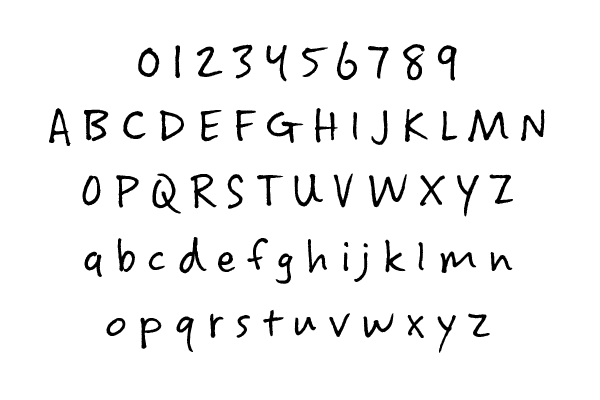

In the Font window, select a few sample glyph cells, choose Tools > Actions and from the Basics section choose Scale.

You can also use the Layers and Masters panel to switch the masters. In the Font window property bar (at the top of the Font window), make sure your Condensed master is chosen. Of course they’re now identical, so you need to change the glyphs in the Condensed master to actually make them condensed. Once you’ve done this, you have the Width axis with two font masters Condensed and Regular, and each of your glyphs has two layers, Condensed and Regular. This creates the Width axis, creates a second font master named Condensed, copies all glyph layers and kerning from the Regular master and assigns the axis location 75.

Give the new master a name like Condensed. In the bottom-left part of Font Info, click the “Plus” (Add master) button, and choose Duplicate master, copy glyph layers. Open the font in FontLab, choose File > Font Info to open the Font Info dialog. Given you only have a single-master font, Regular design: Creating Variations from a Single-master Font » There are several methods to create a variable font depending on what sources you have. Creating Variations from a Set of Fonts.Creating Variations from a Single-master Font.Glyph names, OT features, text, layers, color, files, UI, Python, variaĭetecting Element References or CompositesĬreating Variations from a Single-master Font Variation, imported artwork, components, auto layers, elements Metrics, kerning, Font window, Font Info, hints, guides, classes General, editing, anchors, actions, FontAudit, copy-paste


 0 kommentar(er)
0 kommentar(er)
